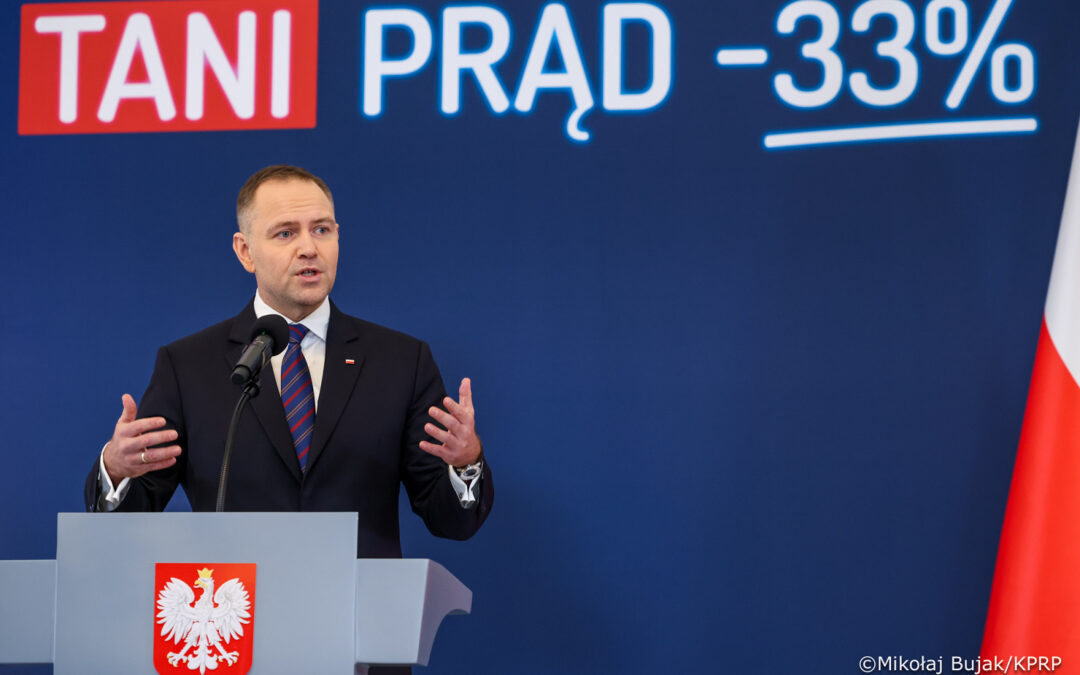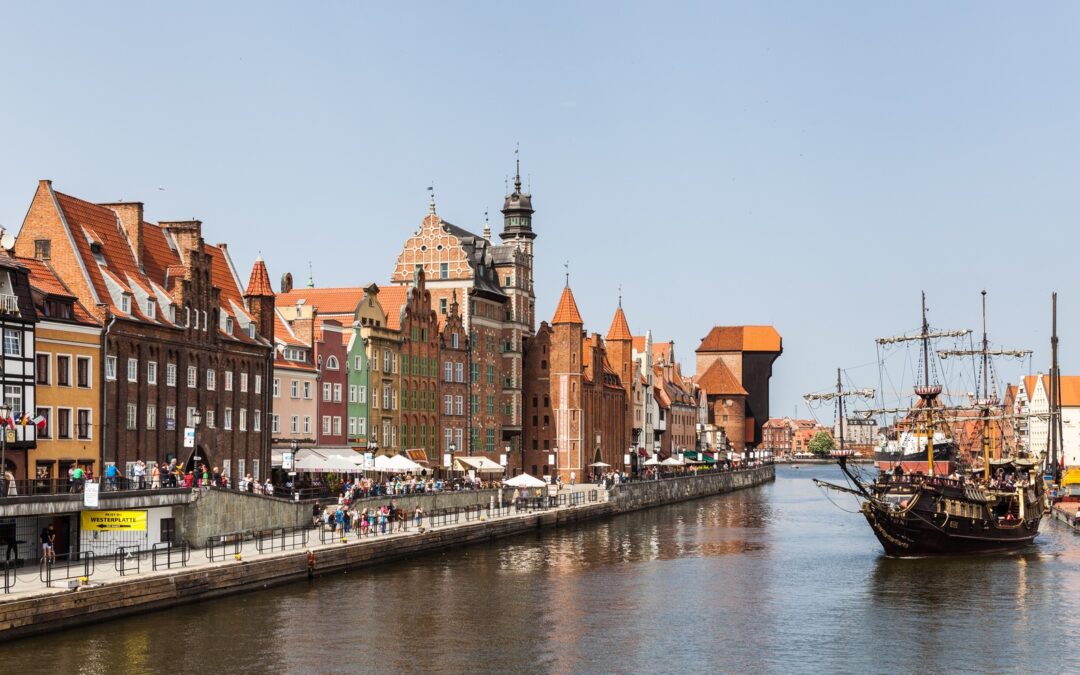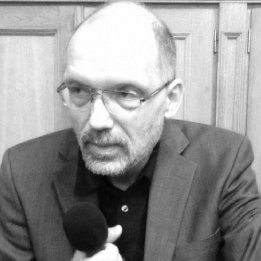Keep our news free from ads and paywalls by making a donation to support our work!

Notes from Poland is run by a small editorial team and is published by an independent, non-profit foundation that is funded through donations from our readers. We cannot do what we do without your support.
Poland’s president, Karol Nawrocki, has presented a bill that is intended to lower electricity prices for households by around a third and for businesses by a fifth. The measures fulfil one of the key promises Nawrocki made during his presidential campaign this year.
Energy experts have broadly welcomed Nawrocki’s proposals. However, given that the president is aligned with the right-wing opposition, it remains to be seen whether the more liberal ruling coalition – with which he has regularly clashed – will approve the bill in parliament.
Tani prąd –33%” to realizacja kolejnego zobowiązania Karola Nawrockiego z Planu 21 postulatów przedstawionych Polakom jeszcze w czasie kampanii wyborczej.
Projekt opiera się na czterech filarach:
✅ likwidacji dodatkowych opłat (OZE, opłaty mocowej, opłaty kogeneracyjnej i… pic.twitter.com/T3fQmQwjud
— Kancelaria Prezydenta RP (@prezydentpl) November 7, 2025
Data published last month by Eurostat show that, in the first half of this year, Poland recorded the EU’s third-fastest rise in electricity prices for households, which jumped 20% year-on-year. It means that Poland now has the bloc’s second-highest prices when taking cost of living into account.
During his campaign for the presidential elections, which were held in May and June, Nawrocki promised to pursue measures to reduce power bills by 33% in his first 100 days in office – a deadline that falls on 14 November.
He had pledged to do so by “rejecting green taxes”, withdrawing Poland from the EU’s Emissions Trading Scheme, and producing “cheap energy from coal”, which he has called Poland’s “black gold”.
On Friday, however, Nawrocki presented a different plan, which would lower electricity bills by cutting the fees and levies that currently account for over half the costs consumers pay. According to Eurostat, Poland has the EU’s second-highest share of taxes and fees in electricity prices.
“I still believe that the Green Deal [the EU’s flagship climate policy] and the ETS green taxes should be rejected,” said Nawrocki today, quoted by financial news website Money.pl. “But today they are not being rejected; we are operating under certain circumstances, hence my legislative initiative.”
The president’s office calculates that the measures would cut the average household’s electricity bill from 2,500 zloty a year to 1,700 zloty – a roughly 33% fall. For businesses, which have a different pricing regime, the average saving would be around 20%.
Poland has recorded the EU's third-fastest rise in household electricity prices this year.
The country now also has the bloc’s second-most-expensive electricity, when taking cost of living into account https://t.co/WNLdCfOP16
— Notes from Poland 🇵🇱 (@notesfrompoland) October 30, 2025
The proposed reforms focus on four main areas: reducing distribution fees, scaling back mandatory renewable energy certificates, removing certain surcharges, and cutting VAT on electricity from 23% to 5%.
The president’s office said the renewable energy certificates were originally meant to finance investment in green energy that are “mostly paid for”, meaning the fees are no longer needed at their current level.
Industry news service Energetyka24 reports that, although estimating the budgetary costs of the president’s plan is difficult, they are expected to range from 11.5 to 14 billion zloty a year. Money.pl cites a similar estimate of 14 billion zloty.
Prezydent Karol Nawrocki zaprezentował swoje pomysły na obniżkę cen energii elektrycznej. Na czym polegają prezydenckie propozycje? I czy są wykonalne?https://t.co/Zm5ZEXvOJJ
— Energetyka24 (@Energetyka_24) November 7, 2025
That may put Nawrocki on a collision course with the government, which is currently trying to cut costs after Poland was put under the EU’s excessive deficit procedure, requiring it to demonstrate progress in reducing its debt burden.
According to the president’s office, the reforms would be funded by higher ETS revenues driven by rising allowance prices, while the impact on the state budget would also be offset by higher household spending resulting from increased disposable income.
At the time of writing, the government had not responded to Nawrocki’s proposals. Without the support of at least part of the ruling coalition, it would be impossible for the measures to be approved by parliament.
Poland has recorded the EU’s second-fastest annual increase in public debt, new @EU_Eurostat data show.
The country has been running sizeable budget deficits in recent years as it boosts social spending and ramps up defence investment https://t.co/jjEqAJALl8
— Notes from Poland 🇵🇱 (@notesfrompoland) October 23, 2025
Analysts and climate campaigners broadly welcomed the proposal, saying lower energy prices could encourage households to abandon coal-fired heating and invest in cleaner technologies such as heat pumps. However, they also cautioned that ETS revenues could not fully cover all planned reductions.
Jakub Wiech, an energy analyst, said one of the charges the president intends to remove, the capacity charge (opłata mocowa), supports coal power plants, whereas ETS funds can only be used to finance low-carbon projects.
Still, he described the proposal as “a constructive proposal that could realistically reduce energy bills” and welcomed the fact “that it has been recognised that the ETS system is not only a stick for [cutting] emissions, but also a financial carrot”.
Mili Państwo, w skrócie o pomysłach prezydenta na ceny prądu:
⚡️Kierunek działań – bardzo dobry. Konstruktywna propozycja mogąca realnie obniżyć rachunki za energię; bardzo się cieszę, że dostrzeżono, iż system ETS to nie tylko kij na emisję, ale też finansowa marchewka. Mam…
— Jakub Wiech (@jakubwiech) November 7, 2025
Others struck a similar tone. “Actions in this area have long been needed because high energy prices are one of the main obstacles to combating smog and a contributing factor to the growth of energy poverty,” wrote Andrzej Guła, head of Polish Smog Alert, an NGO that seeks to combat air pollution.
Most of Poland’s air pollution, which is among the worst in Europe, is caused by the heating of homes, in particular through the burning of coal. Guła said that cutting VAT and limiting the “horrendous profits of energy companies” could help persuade households to move away from coal-fired heating.
Michał Hetmański, head of climate think tank Instrat, said the president “wants to make up for the losses caused by” his veto of a bill easing rules for building onshore wind turbines earlier this year. “Industry, heat pumps and electric cars need cheap electricity,” he noted .
Poland still generates most of its electricity from coal, which made up nearly 57% of power production last year, the highest share in Europe. However, coal’s share has been steadily falling as producers switch to cleaner energy sources. In April, it dropped below 50% for the first time on record.

Notes from Poland is run by a small editorial team and published by an independent, non-profit foundation that is funded through donations from our readers. We cannot do what we do without your support.
Main image credit: Mikołaj Bujak/KPRP

Alicja Ptak is senior editor at Notes from Poland and a multimedia journalist. She previously worked for Reuters.




















